Trade routes have been the lifeblood of human civilization for thousands of years. These paths connected distant lands, allowing the exchange of goods, ideas, and cultures. Let’s explore 12 ancient trade routes that shaped our world and set the stage for today’s global economy.
The Silk Road
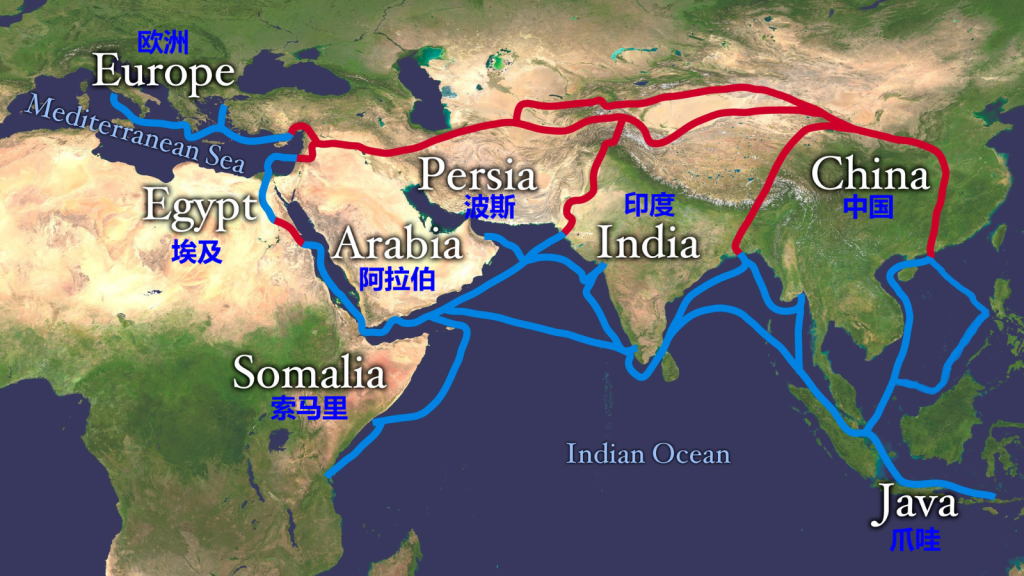
The Silk Road was a network of routes connecting China to the Mediterranean. It got its name from the lucrative silk trade, but many other goods traveled along it too. Spices, precious stones, and even new technologies made their way across this vast expanse. The Silk Road wasn’t just about trade; it was a channel for cultural exchange, spreading religions, art styles, and inventions across continents.
The Amber Road
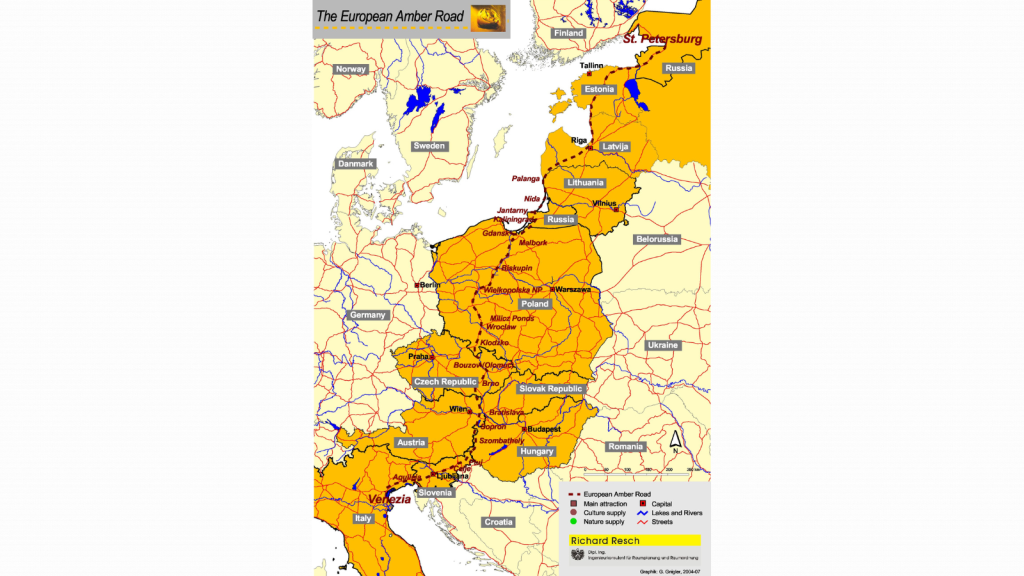
The Amber Road linked the Baltic region to the Mediterranean. As you might guess, its main commodity was amber, a fossilized tree resin prized for its beauty. This route was already active in the Bronze Age, around 3000 years ago. The amber trade brought wealth to many cities along the way, especially in what is now Poland and Italy. It also helped spread ideas and innovations across Europe.
The Incense Route
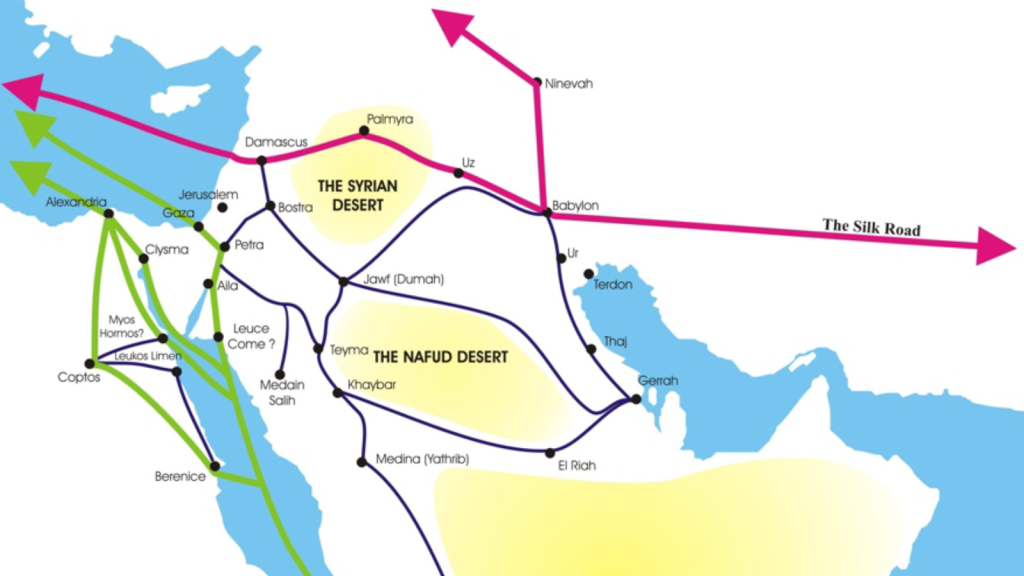
The Incense Route ran from southern Arabia to the Mediterranean. It mainly carried frankincense and myrrh, aromatic resins used in religious ceremonies. These luxury goods were so valuable that they were worth their weight in gold. The route helped build great civilizations in the Arabian Peninsula, like the kingdom of Saba. It also connected Africa, Asia, and Europe, facilitating cultural exchange.
The Tea Horse Road
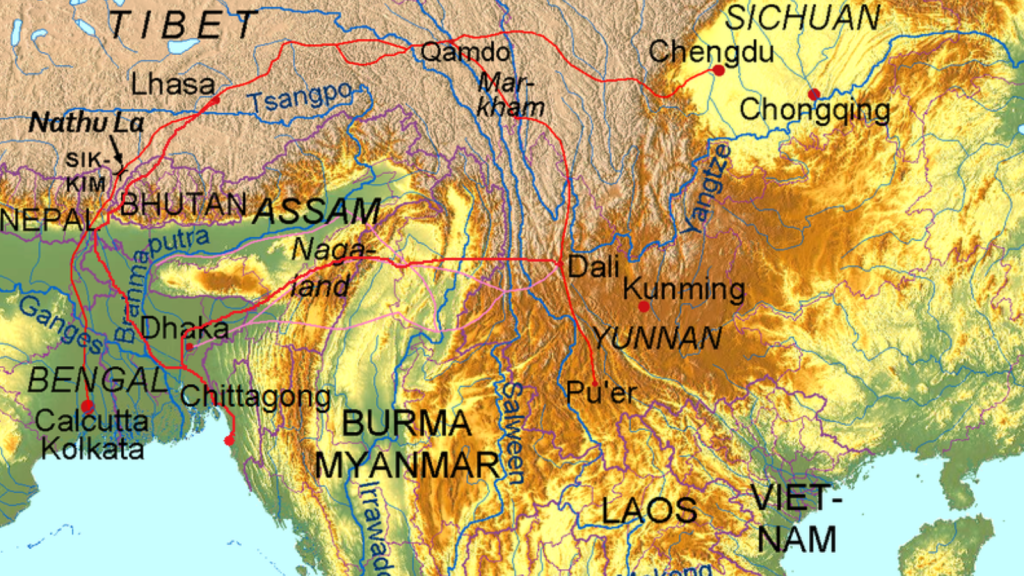
The Tea Horse Road linked southwest China to Tibet and India. Tea from China was traded for sturdy horses from Tibet, which were crucial for China’s military. This route was incredibly challenging, winding through steep mountain passes and deep gorges. It played a key role in spreading Buddhism from India to China and helped develop unique cultures in the Himalayan region.
The Spice Routes
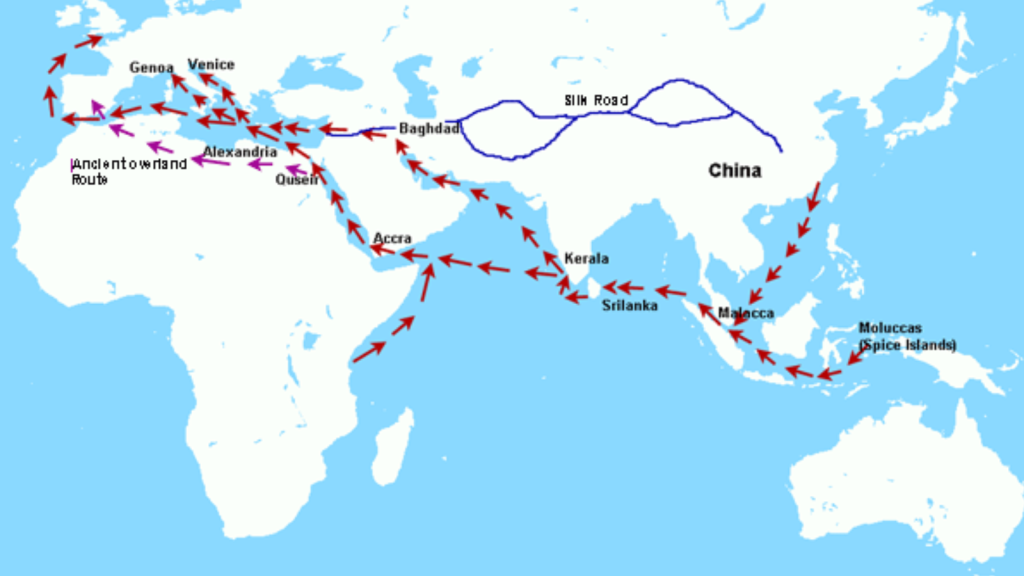
The Spice Routes were sea lanes linking the East to the West. They carried precious spices like pepper, cinnamon, and nutmeg from Southeast Asia to Europe. These routes sparked intense competition among European powers, leading to the Age of Exploration. The spice trade had a huge impact on global politics and economics, shaping the modern world.
The Trans-Saharan Trade Route
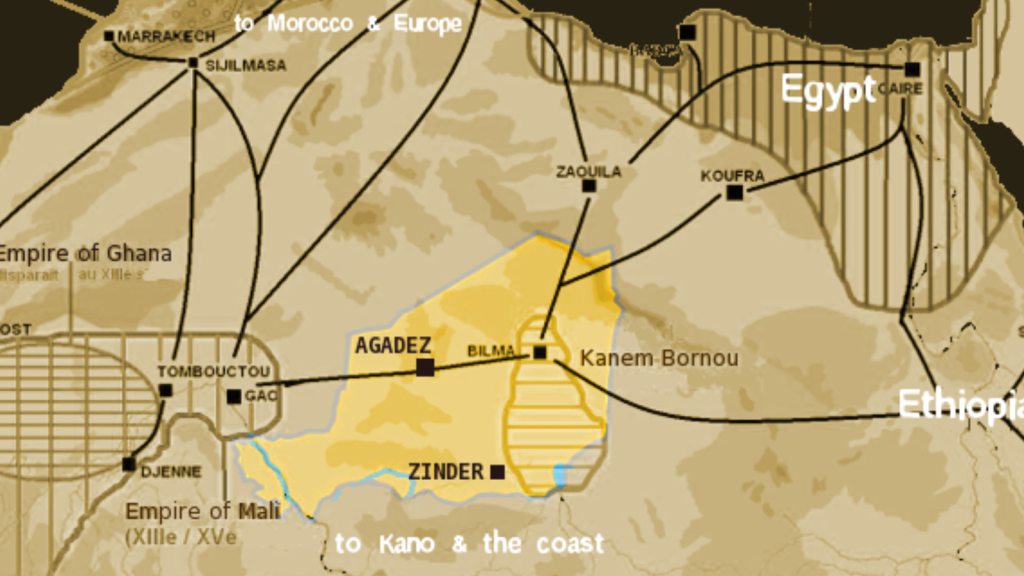
The Trans-Saharan Trade Route crossed the Sahara Desert, connecting West Africa to North Africa. Gold, salt, and slaves were the main items traded. This route helped build powerful West African kingdoms like Ghana and Mali. It also spread Islam across Africa and fostered cultural exchange between different regions of the continent.
The Tin Route
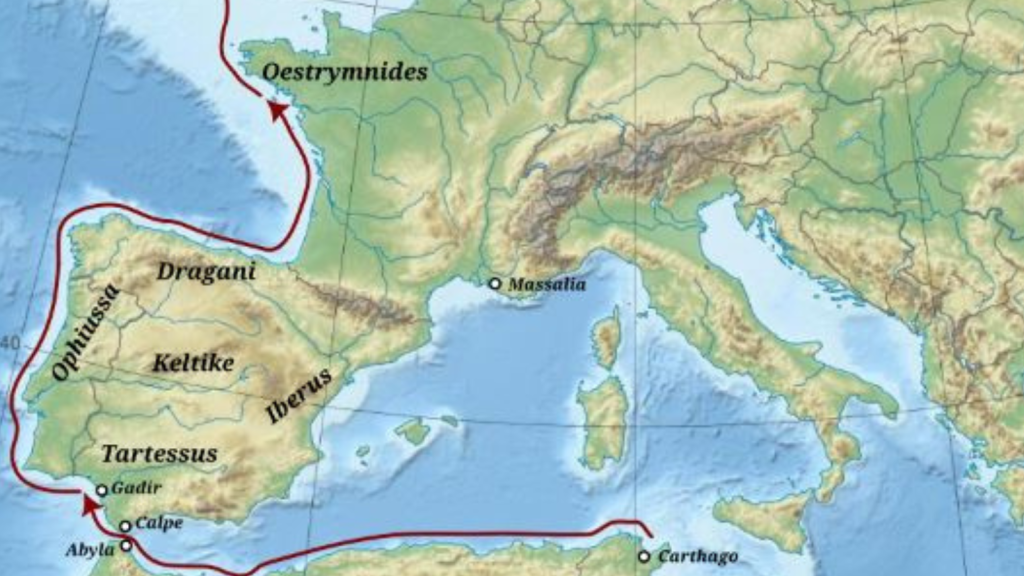
The Tin Route connected Cornwall in Britain to the rest of Europe. Tin was crucial for making bronze, so this trade was vital in the Bronze Age. The route helped make Britain an important player in European trade. It also spread new technologies and ideas across the continent, contributing to cultural development.
The Jade Road
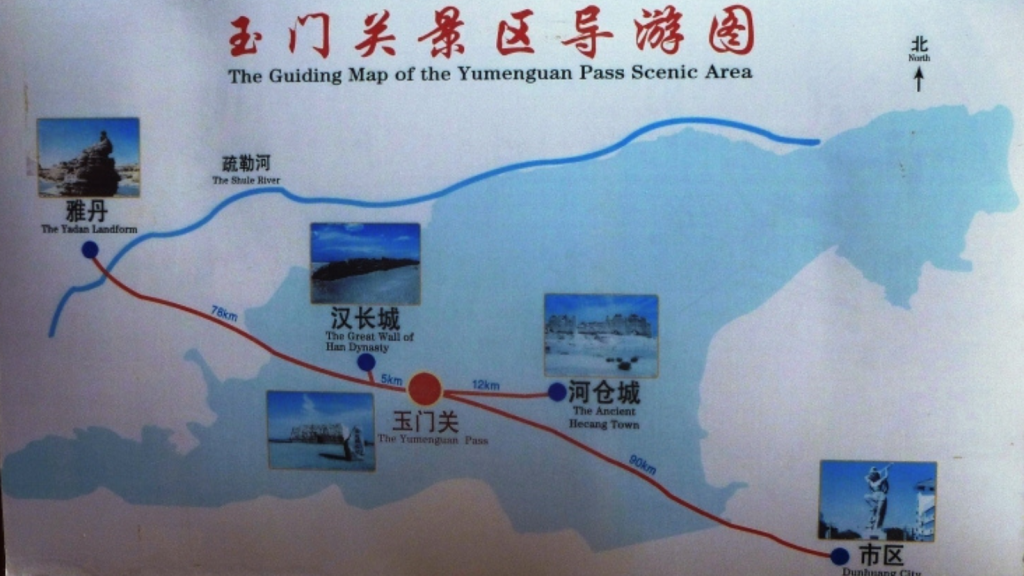
The Jade Road linked the jade-producing regions of Central Asia to China. Jade was highly prized in Chinese culture for its beauty and supposed magical properties. This route was active for over 5,000 years, making it one of the oldest trade routes in the world. It played a big role in shaping Chinese art and culture.
The Salt Route
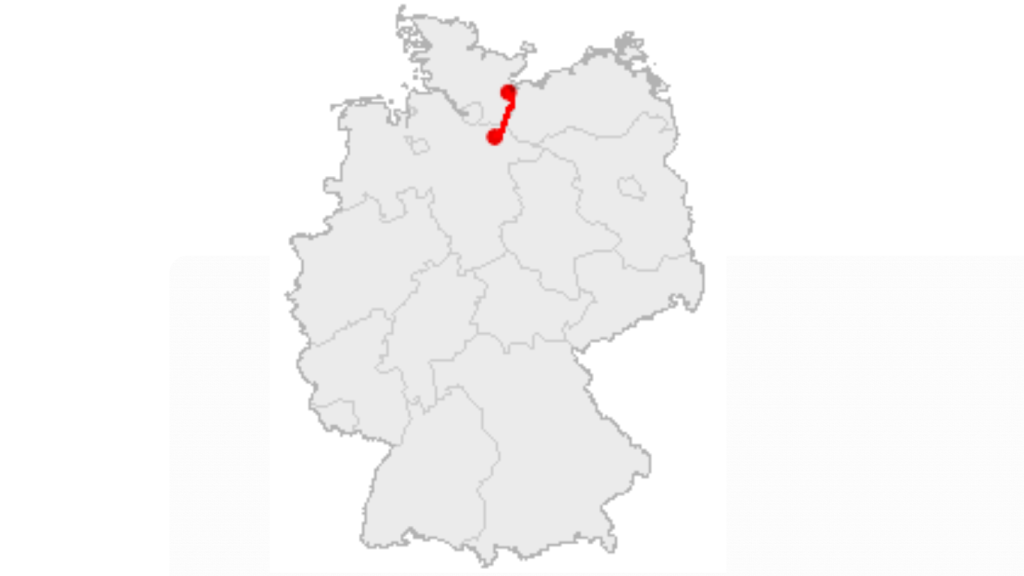
Salt routes existed all over the world, from Africa to Europe to China. Salt was incredibly valuable because it was used to preserve food. In some places, salt was even used as currency. These routes often led to the growth of powerful cities and states. They also helped spread ideas and technologies across regions.
The Hanseatic League
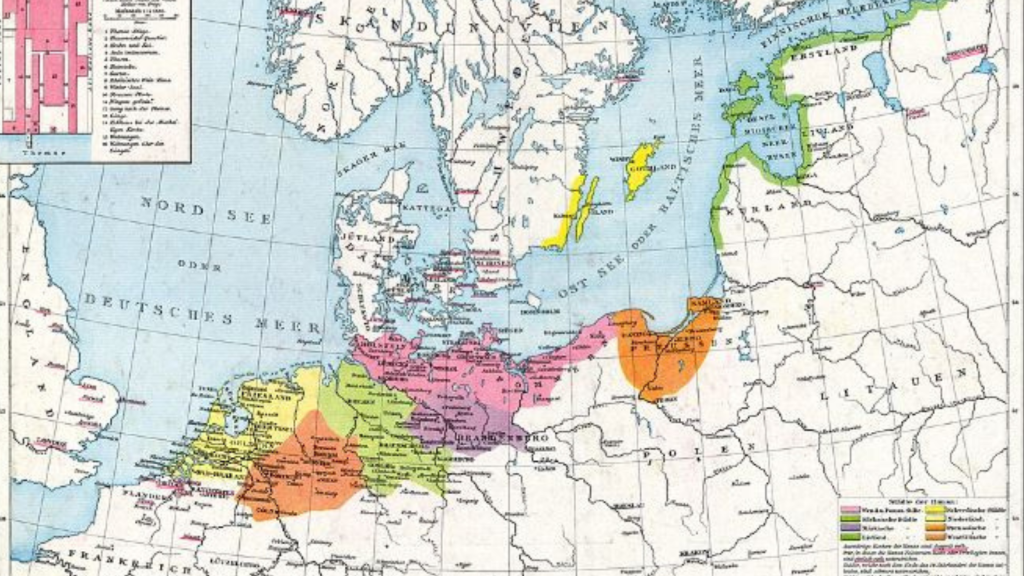
The Hanseatic League was a network of trade routes and cities in Northern Europe. It was most active from the 13th to 17th centuries. The league traded in fish, furs, grain, and manufactured goods. It helped develop many cities around the Baltic and North Seas. The Hanseatic League also played a big role in spreading new ideas and technologies across Northern Europe.
The Maritime Silk Road
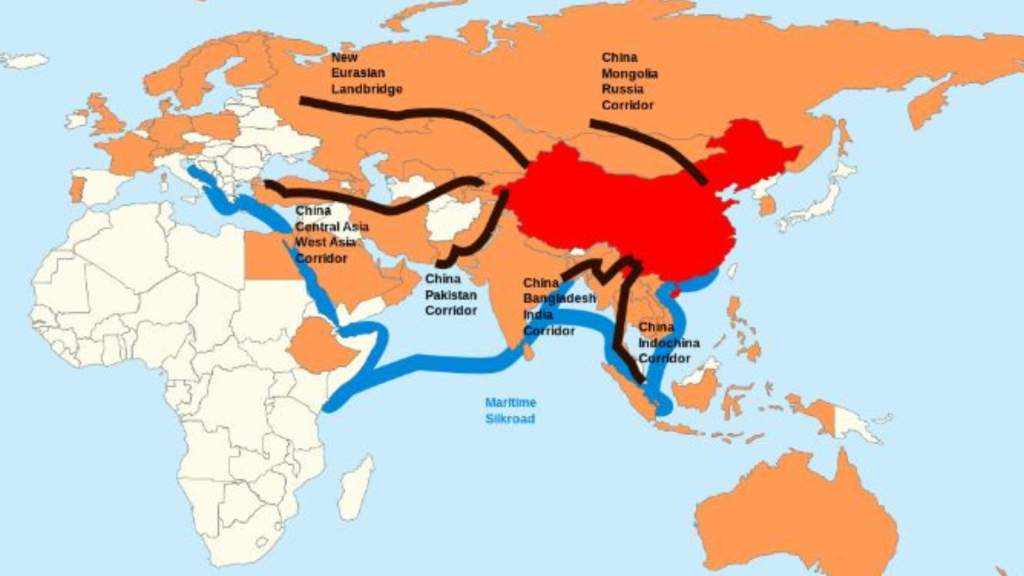
The Maritime Silk Road was the sea route linking China to Southeast Asia, India, and even East Africa. It was used to trade silk, spices, and many other goods. This route led to the development of many important port cities. It also facilitated the spread of religions and cultures across Asia and beyond.
The Inca Trail
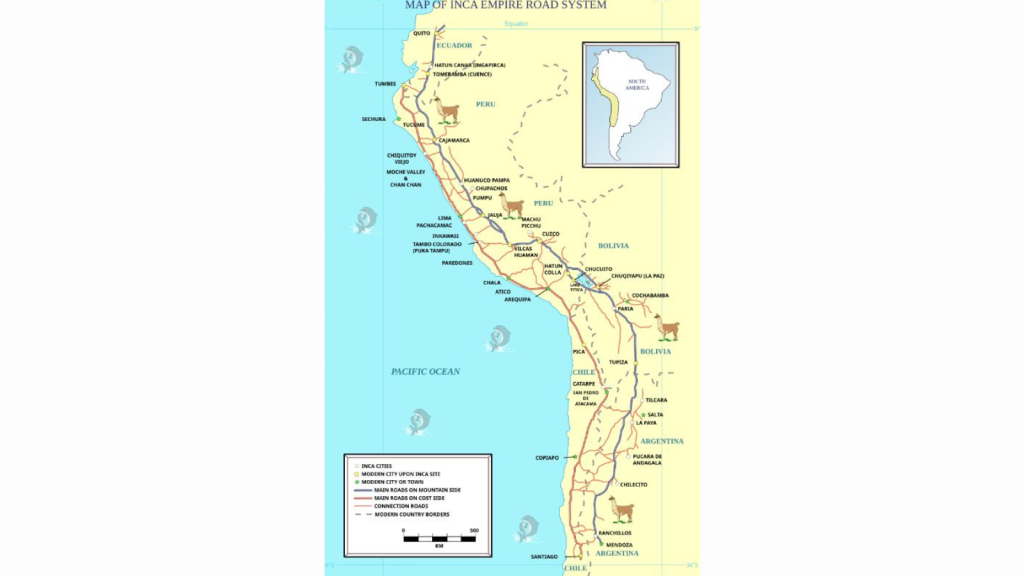
The Inca Trail was part of a vast network of roads built by the Inca Empire in South America. While not primarily for trade, it did allow for the movement of goods across the empire. The trail connected different parts of the empire, from the capital Cusco to distant provinces. It helped the Incas control their vast territory and spread their culture across the Andes.
Katy Willis is a writer, master herbalist, master gardener, and certified canine nutritionist who has been writing since 2002. She’s finds joy in learning new and interesting things, and finds history, science, and nature endlessly fascinating.
